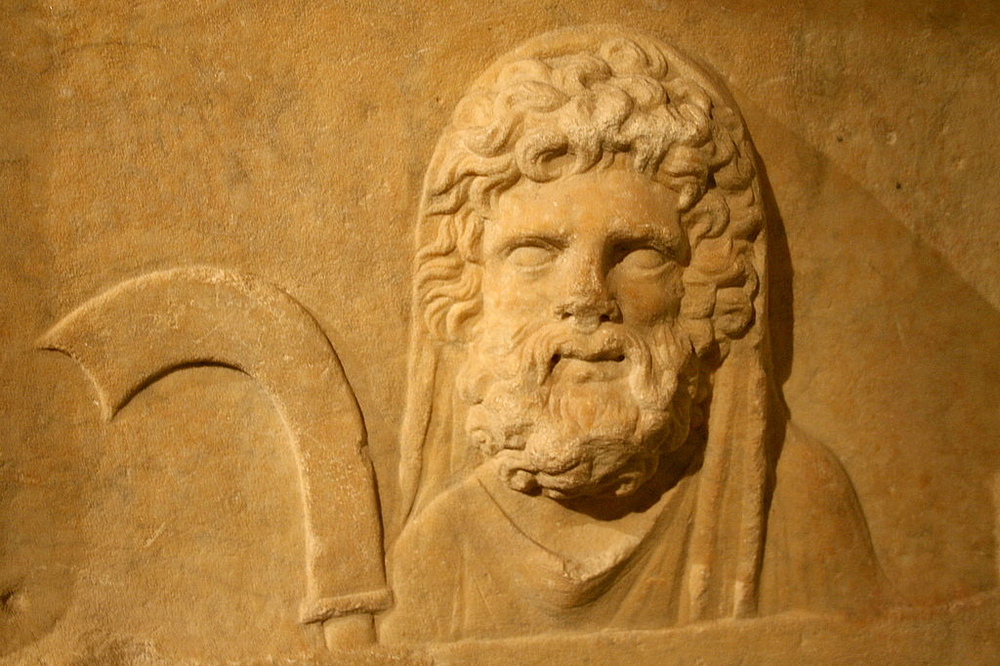
It’s December the 17th and we all know what that means – It’s time to celebrate Saturnalia! Well, at least it would have been, were we still living in the third century!
Saturnalia was a week-long celebration held in Ancient Rome in honour of Saturn – God of Wealth, Agriculture, Renewal and Time. It went hand in hand with other yearly feast days with which we are more familiar, like Bacchanalia (In honour of Bacchus), however, by all accounts, Saturnalia was the most popular and joyful of the Roman holidays.

During the first three days of Saturnalia (The 17th to the 19th on the Julian calendar) schools and businesses closed so the Romans could go home and spend the time with their families celebrating – much like Christmas for many of us today. It was a time of overeating and indulgence for some, a time of binge-drinking and gambling for others – essentially, the goal was to have as much fun as possible in a carnival-esque atmosphere in order to celebrate Saturn and thank him for the harvests, successes and to toast the coming new year.
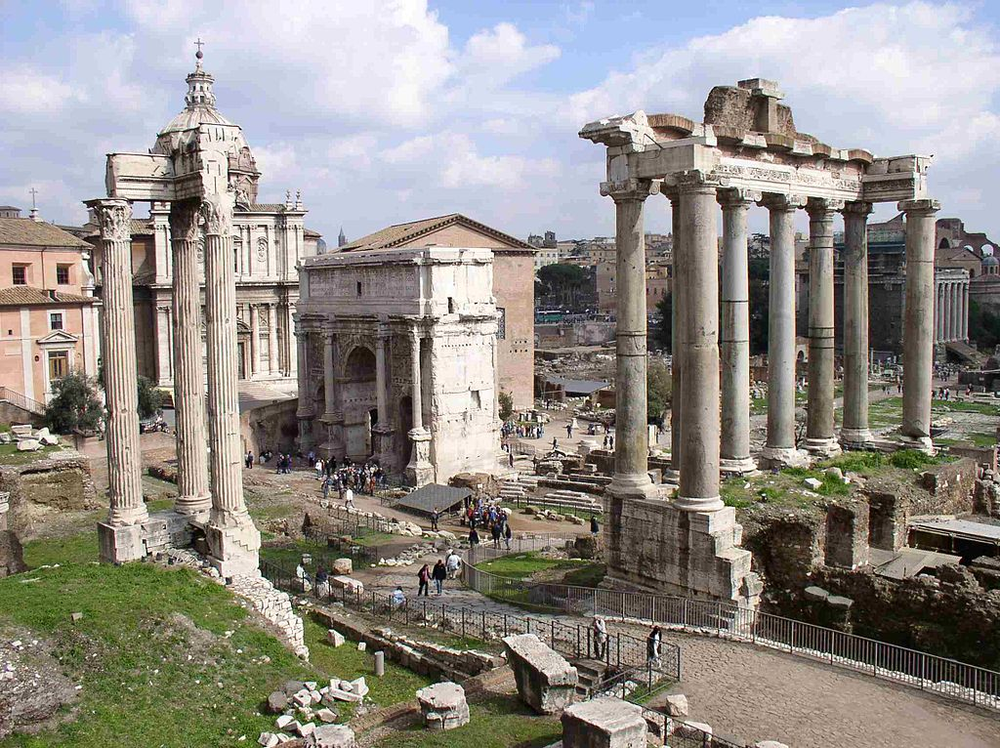
In antiquity, there is some evidence that it might have involved a human sacrifice (which arguably was later mirrored in the giving of little wax figurines), however, in most of the accounts we have, Saturnalia begins with an offering at the Temple of Saturn (of food rather than human flesh), after which an enormous public feast was held for the people of Rome. The bill for this feast must have been massive, but it was footed entirely by the state to foster an atmosphere of merrymaking and good cheer. Much would be eaten and drunk at this feast where drunkenness was encouraged and gambling was publicly allowed, all to ensure that chaos, the name of the game, ensued.
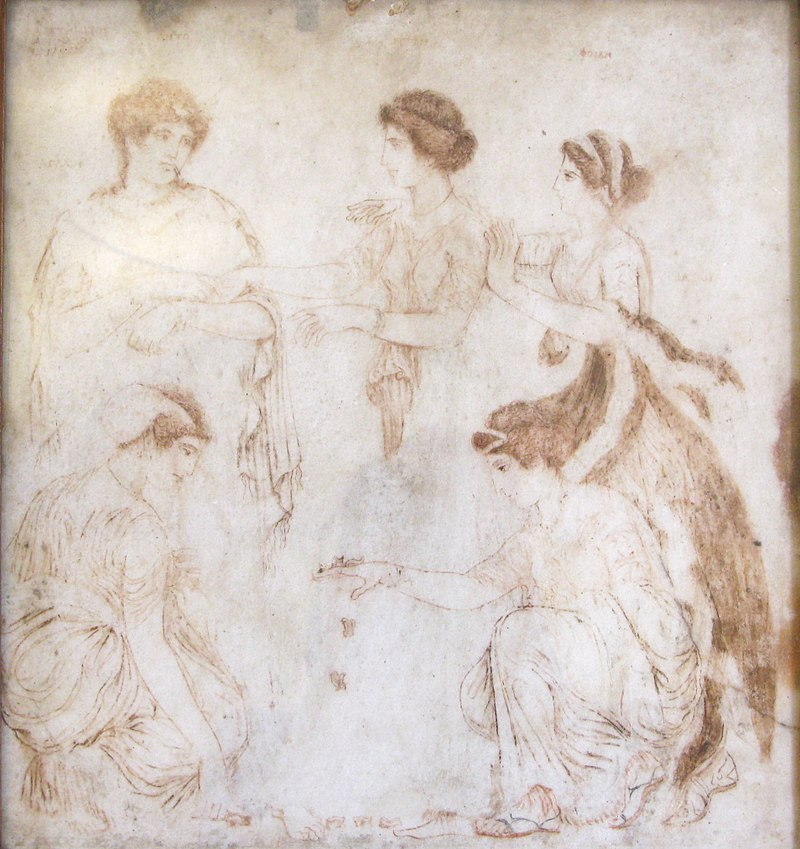
It was much more though, than a time of public drunkenness. It was a time when the world was turned on its head! Even the slaves that resided in Ancient Rome were given the time of Saturnalia off to celebrate, and not only were they exempt from work, in some cases, they became master for the day. Slaves and their masters would swap clothes and the master served dinner to his family, and to his slaves. On just this day every year, slaves could joke with and insult their masters in the fun-loving spirit of Saturnalia and not fear retribution! On a larger scale, during the great public feast a new king was elected, the Saturnalicius Princeps, who could be either an ordinary citizen or a slave. This king, or ‘Ruler of Saturnalia’ could, during the duration of the feast, order people to do just about whatever he wanted, no matter how ridiculous, and those present would obey! Guests could be ordered to soak each other with water, act ridiculously or strip naked – all in the name of creating chaos and misrule, but just like Cinderella, by the end of the ball, all returned to normal. The famous Emperor Nero was once elected Saternalicius Princeps and later in his his rule, when his step-brother Britannicus was elected King of the Dice during Saturnalia, Nero was so enraged with jealousy at his popularity among their peers that the event is said to have led to his downfall.
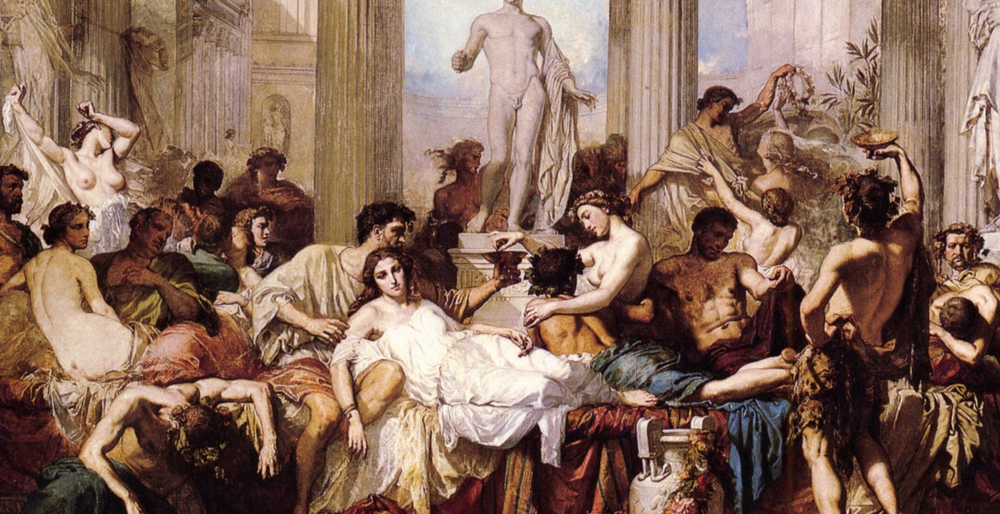
Saturnalia could mean many different things to different people, with most interpreting the private part of the holiday in their own way with their own traditions. Several of the Saturnalia traditions seem particularly familiar to us of course, because it was arguable part of the origin story of modern Christmas. For instance, there was the time of year and the culture of feasting and overindulgence. Other Saturnalia traditions included the lighting of candles (advent candles anyone?) dressing in colourful and beautiful clothing reserved for Saturnalia known as synthesis (Who among us doesn’t save our best outfit for Christmas mass), decorated their house in greenery like ivy and wreaths to celebrate his role in seed sowing and harvests (no explanation needed) and finally, gift giving!
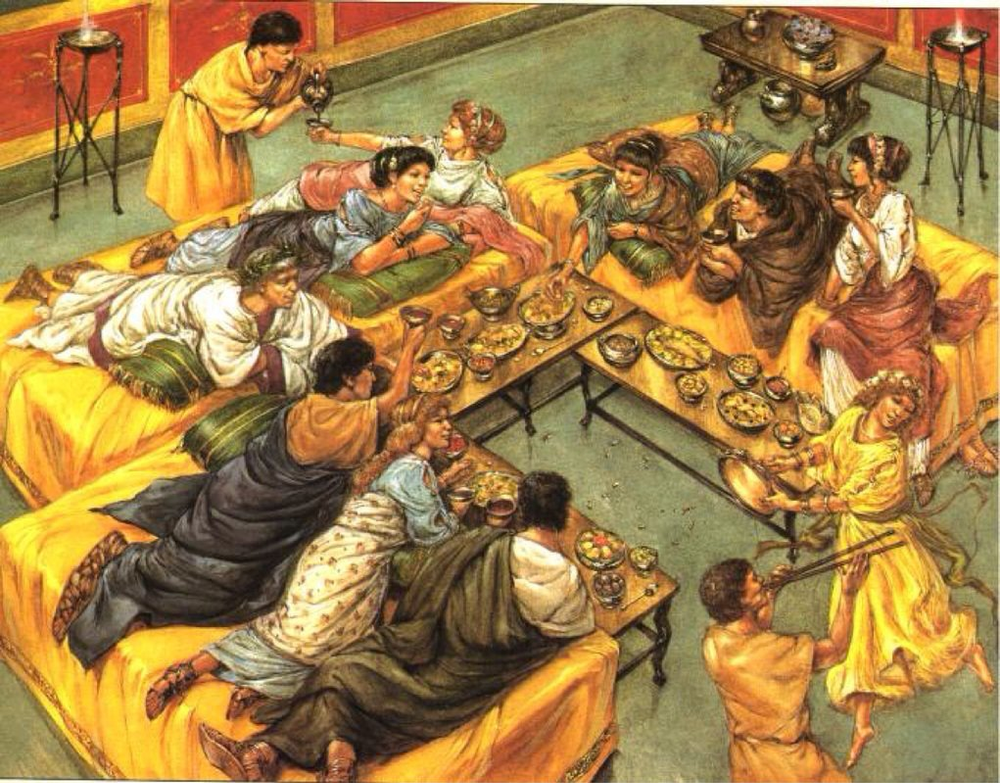
The giving of gifts was the most important aspect of Saturnalia outside of the public feast. Romans gifted each other sigillaria in particular, small wax or pottery figurines which some think became the toys we give out today. Sigillaria could be quite expensive depending on how ornate they were, but cheaper gifts could be given, like dice, writing tables, combs and tools, which may be represented by small gifts in Christmas crackers in modern times.
Eventually, in the third century, Christmas was formally decided by the Catholic Church to occur on the 25th of December, just days after the end of Saturnalia, and many switched to celebrating this instead. However, Saturnalia lives on in many forms. It arguably, in Medieval Europe, became the Feast of Fools – celebrated on/ around the 1st of January, where a Lord of Misrule was elected from among ordinary people and the world was turned on its head as chaos ruled the streets in the name of fun. This was most common in medieval France and most of our evidence comes from there, however, the Feast of Fools was also celebrated widely in England, and so it is not out of the question that at some point, one might have been held in Dublin! This festival was excellently portrayed in Victor Hugo’s The Hunchback of Notre Dame and we all remember ‘Topsy Turvy’ from Disney’s musical iteration of the much-loved novel.
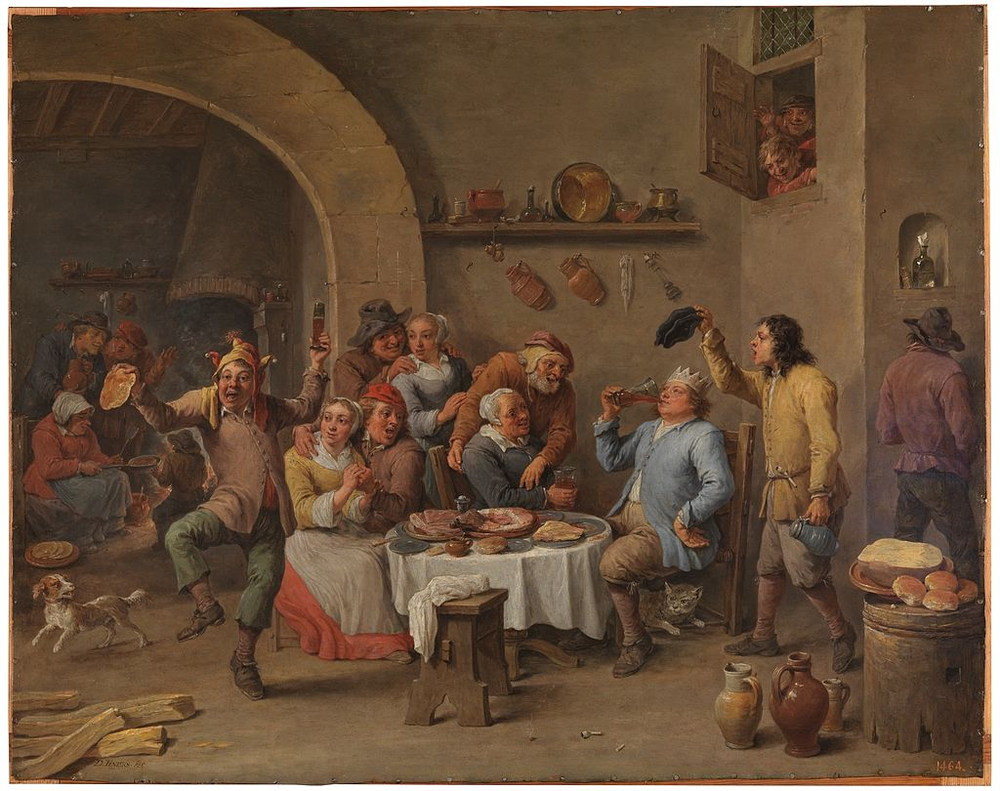
Most of all though, we see Saturnalia in some of the traditions we associate with Christmas today. Most of these traditions are quite new, but some argue that the inspiration came, in the nineteenth century, from a renewed interest in the classics, and many Roman poets wrote memorably about the public holiday.
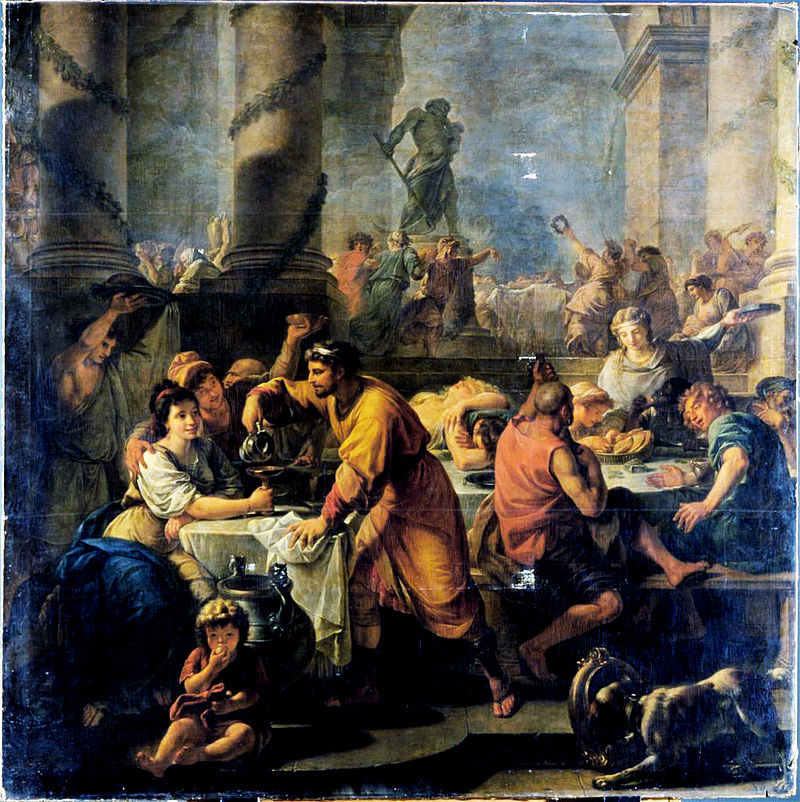
So, go put on your Boss’s suit, order him to dance like a chicken, light your candles, stuff your face with butter biscuits, salute Saturn – and, as the Romans say, Io Saturnalia from all of us here at Waterford Treasures!


